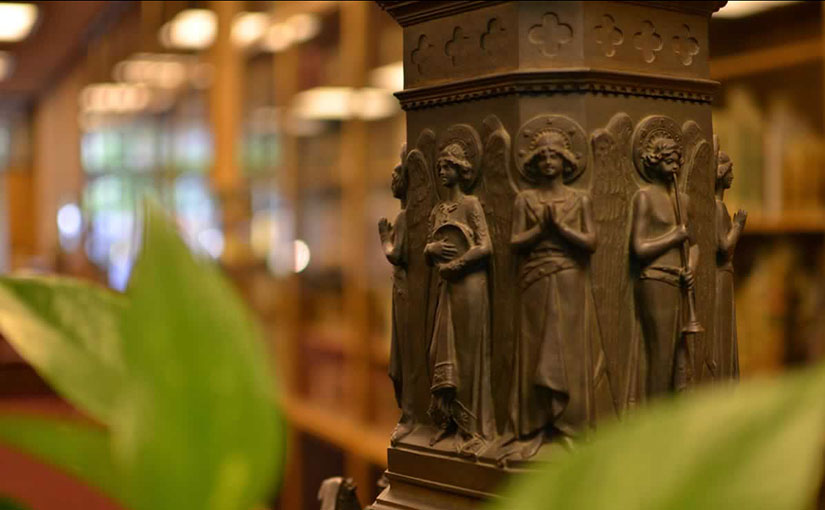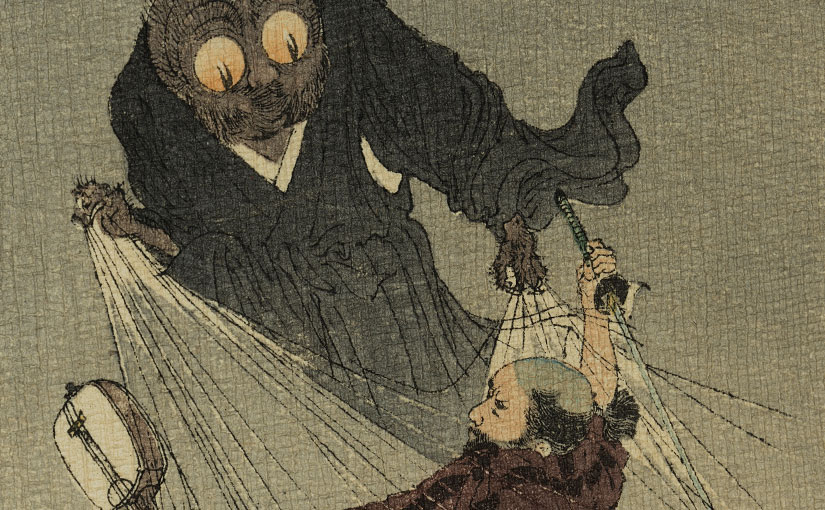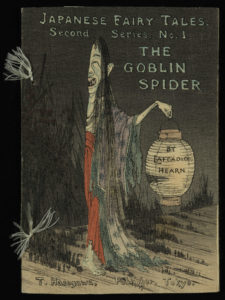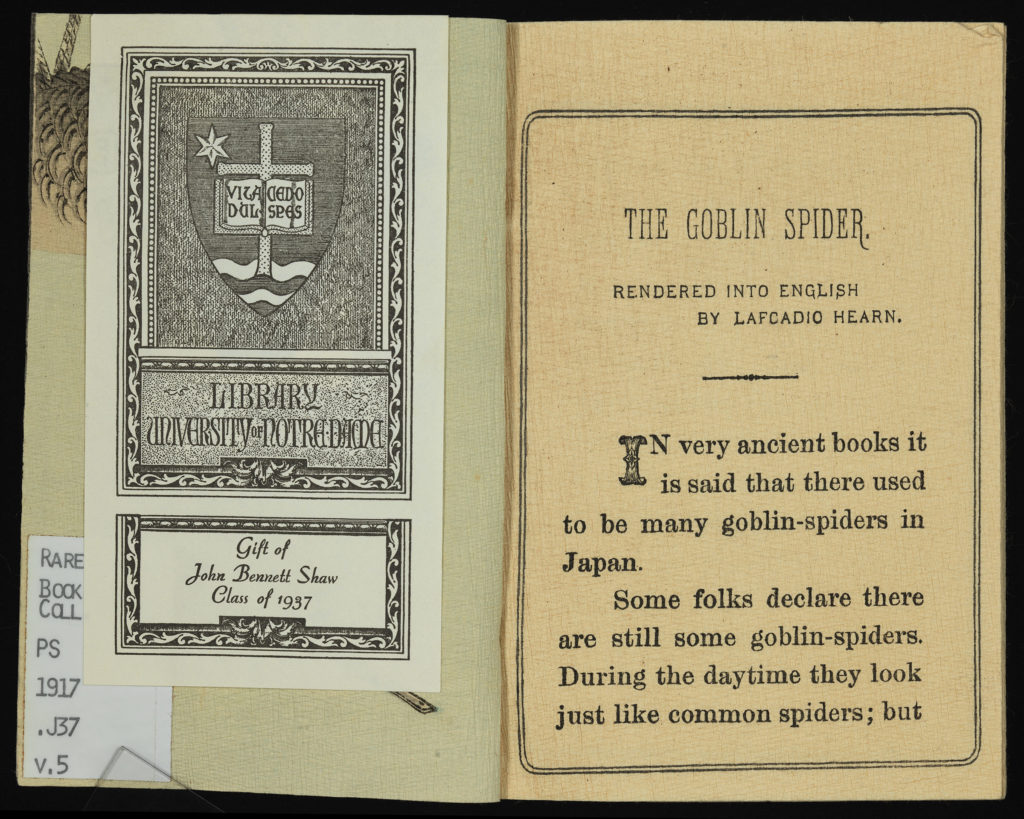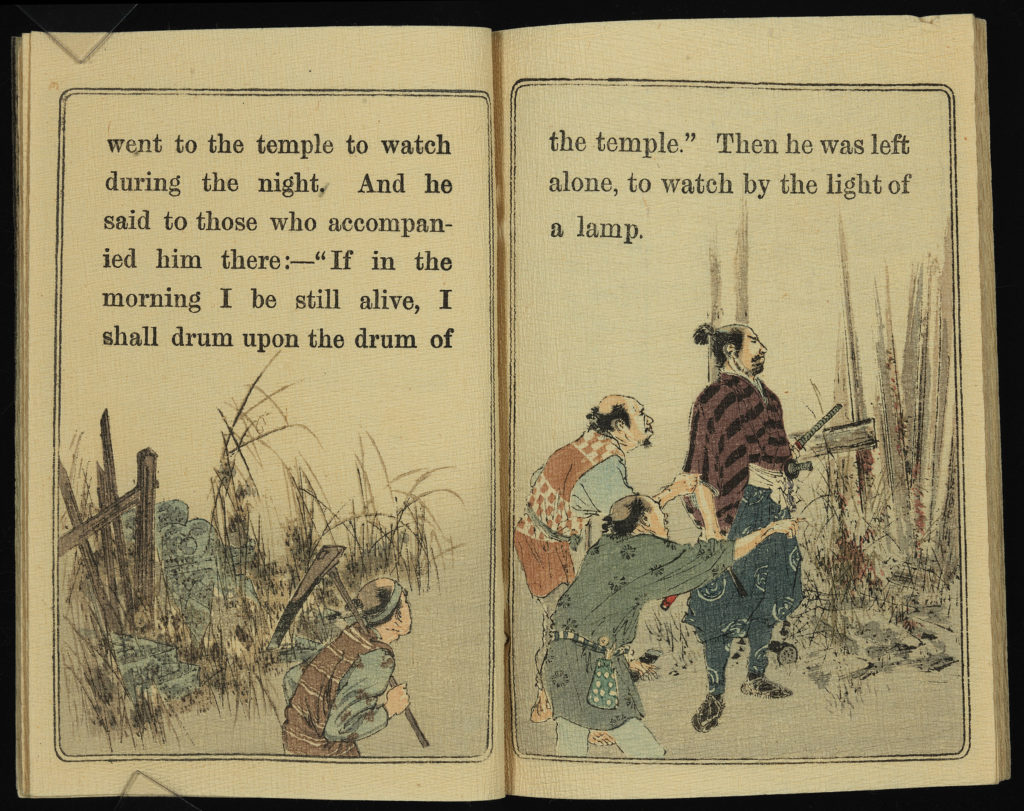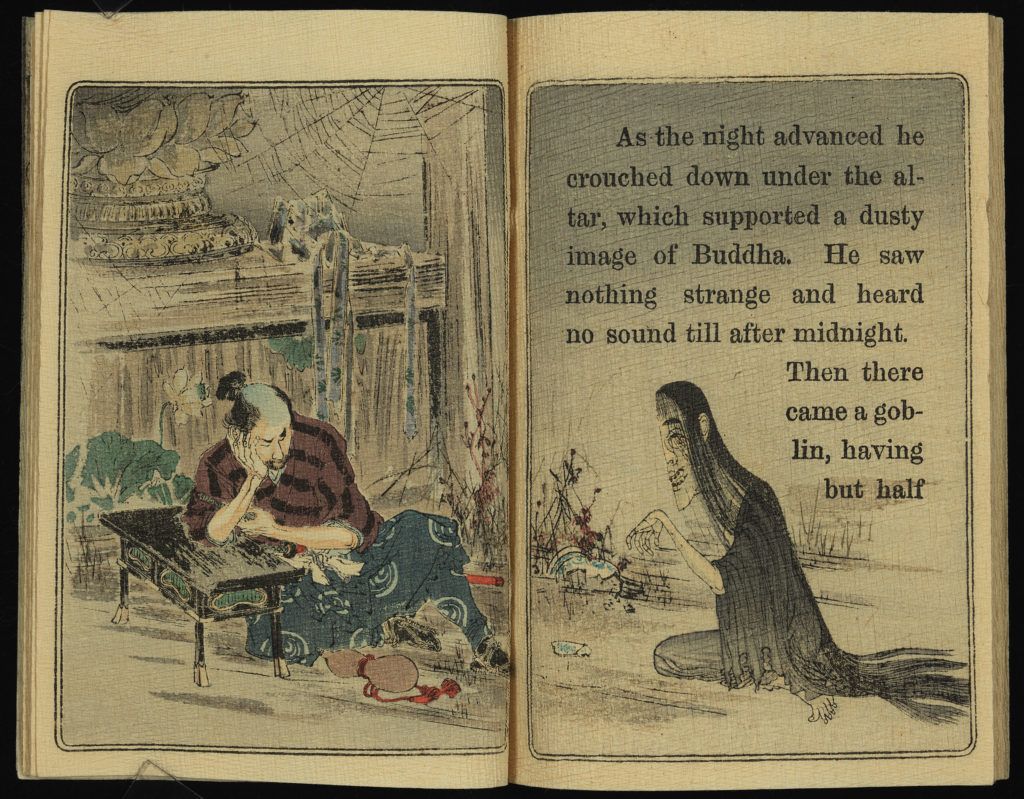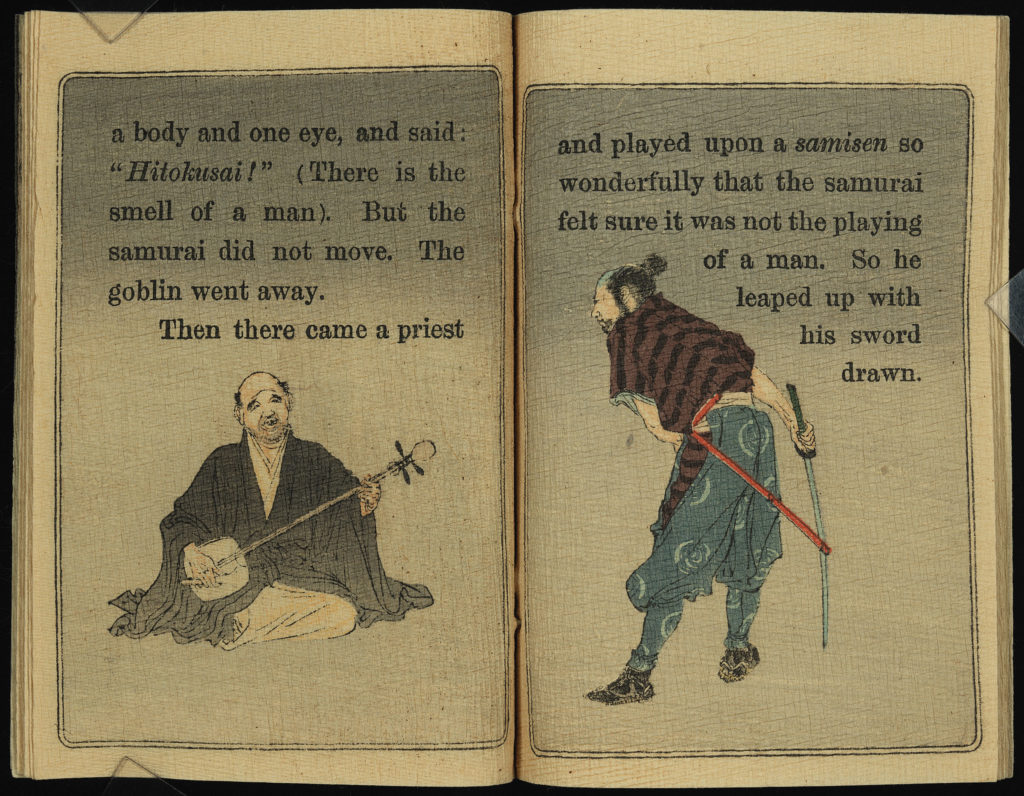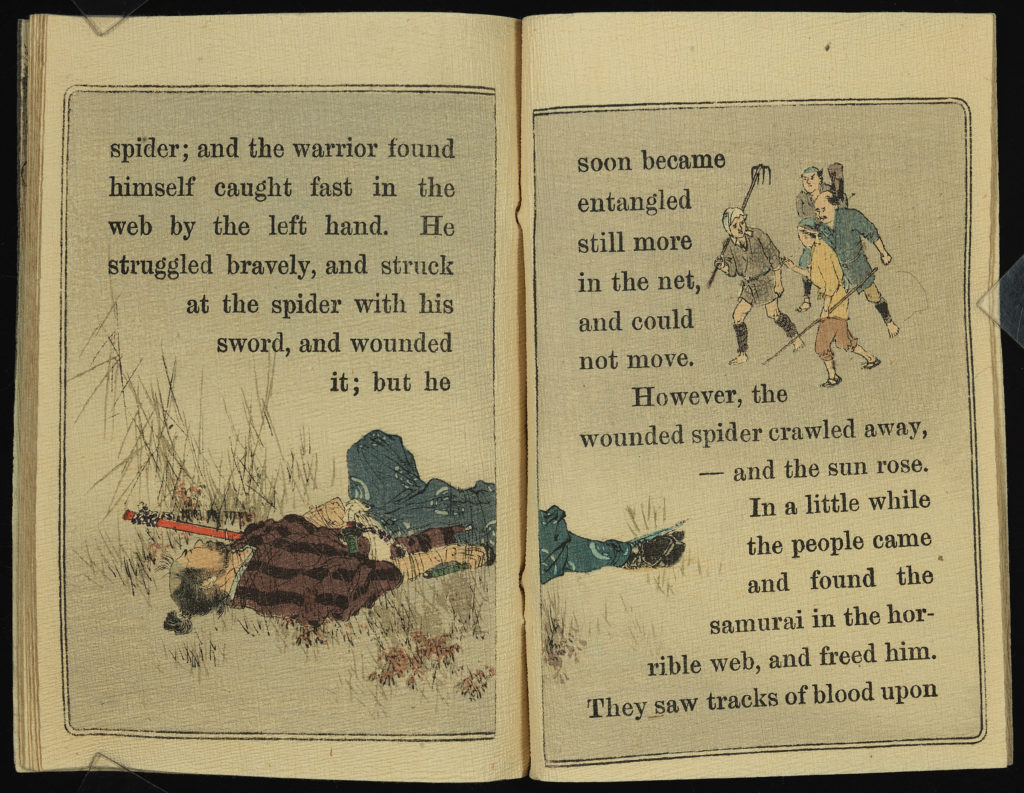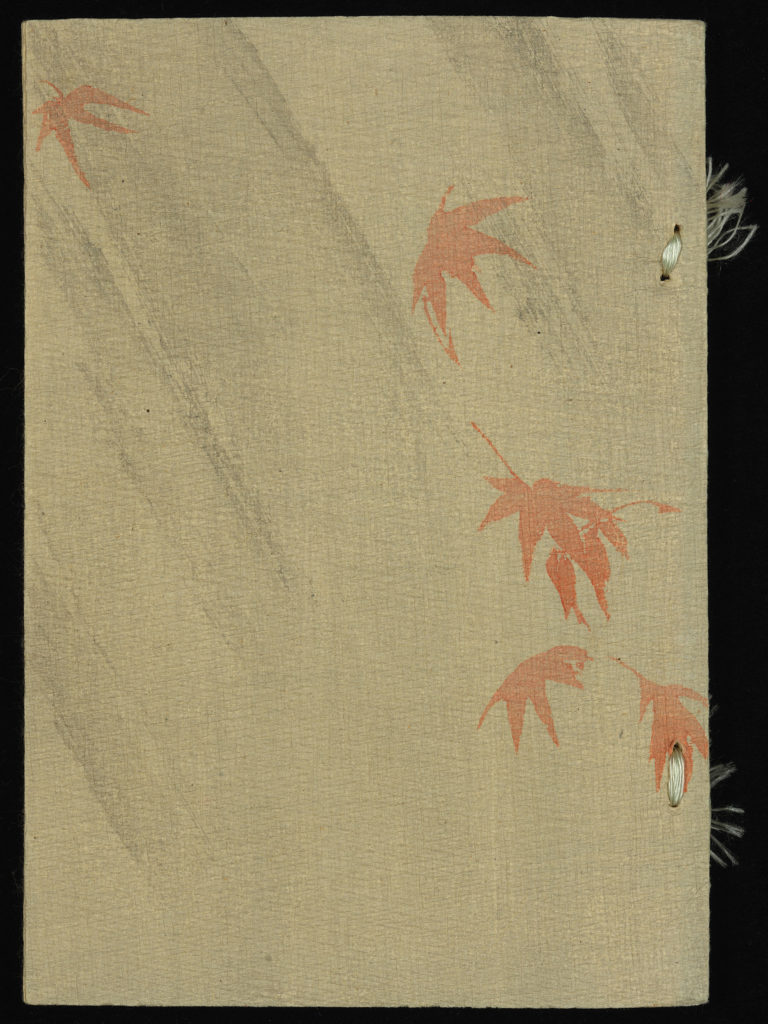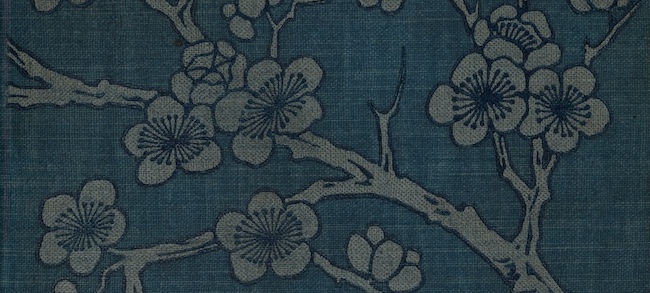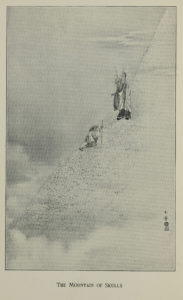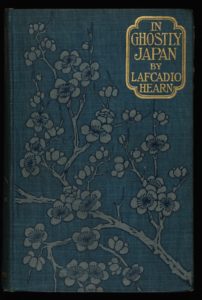by Greg Bond, Sports Archivist and Curator, Joyce Sports Research Collection
In honor of Asian / Pacific American Heritage Month, we are pleased to highlight the recently acquired book Hawai hōjin yakyūshi : yakyū ippyakunensai kinen—titled in English, The Japanese Baseballdom of Hawaii. Written by Rev. Chinpei P. Goto in 1940, this prolifically illustrated 772-page book chronicles the history of baseball played by Japanese and Japanese-American athletes in Hawaii. Featuring nearly 100 pages of photographs and engravings, the book exhaustively documents the history of Japanese-Hawaiian baseball.
Chinpei P. Goto was born in Iwate-Ken, Japan in 1887, and he immigrated to Hawaii with his parents in 1899. Soon after arriving, Goto attracted attention as a talented baseball player, particularly with the Asahi club, one of the earliest successful Japanese teams in Hawaii. He would remain associated with the game in his adopted home for the rest of his life, and, after his playing days, he became a tireless baseball booster and historian.
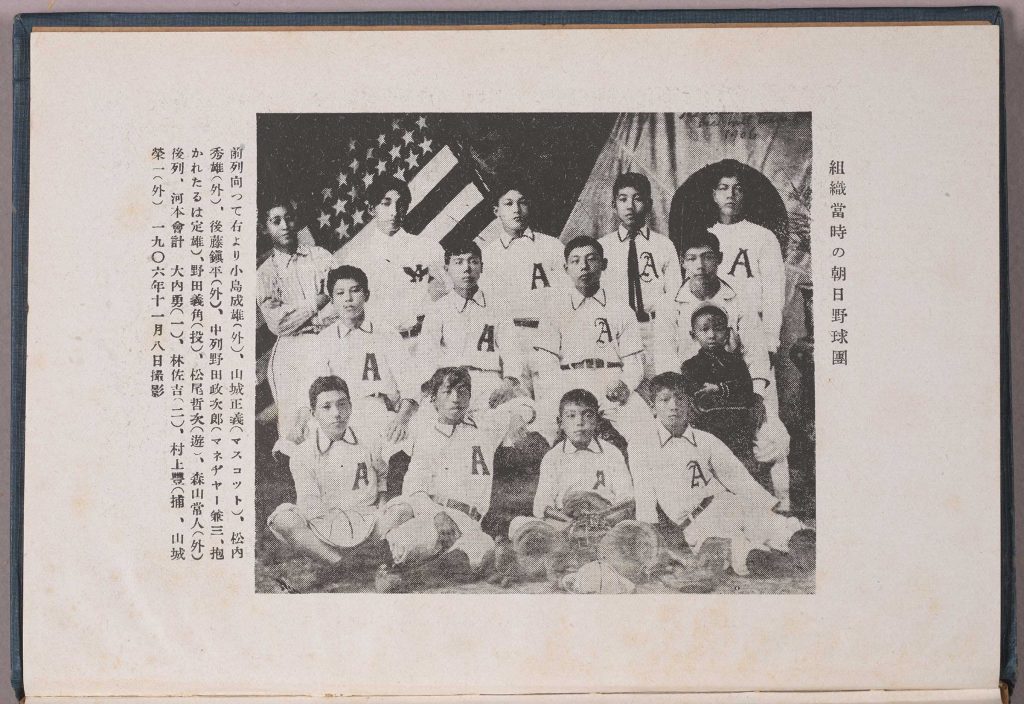
He first published a history of the sport in 1919 in his book Hawai hōjin yakyūshi—English title Japanese Balldom of Hawaii. He wrote this updated second edition, Japanese Baseballdom of Hawaii, in conjunction with the reputed 1939 centennial of the invention of baseball. Renowned for his knowledge of the sport on the islands, his obituary on the front page of the March 13, 1954 Honolulu Star Bulletin called him simply “the father of Japanese Baseball in Hawaii.”
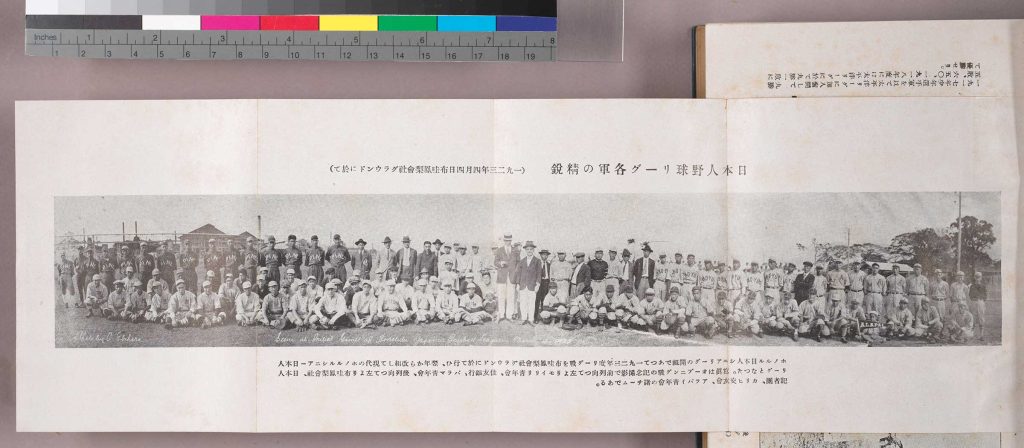
In his Introduction to Japanese Baseballdom of Hawaii, Goto wrote that on the ball field there was no “distinction… between a millionaire or an ordinary worker,” and, he argued, “in this commonality lies the ideal of true democracy.” He emphasized the importance of the sport to both American and Japanese societies. He explained that he hoped his book would “raise awareness of the nation’s culture” and wanted to see “Hawaiian baseball… continue to flourish.”
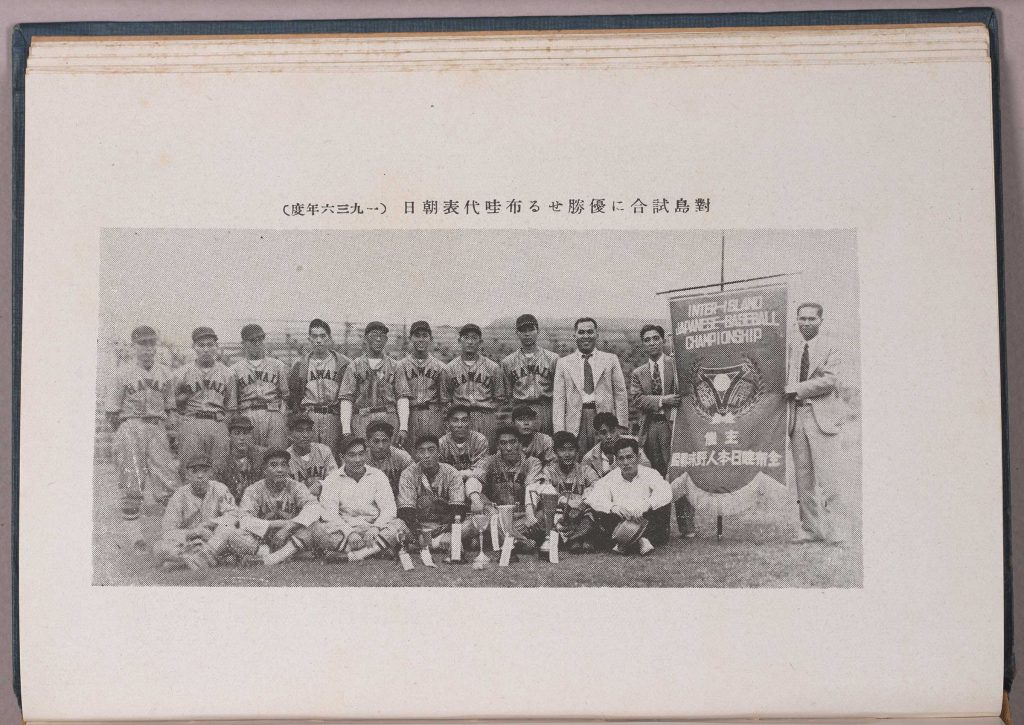
In the book’s foreword, Tadaoki Yamamoto, a Japanese Olympic Team official and a leader in the YMCA movement, praised baseball as “a wonderful and eternal bridge” that “connects the hearts of the people of our nation to the people of the United States with Hawaii as its base.” [All approximate translations provided by the author and any mistakes are mine].
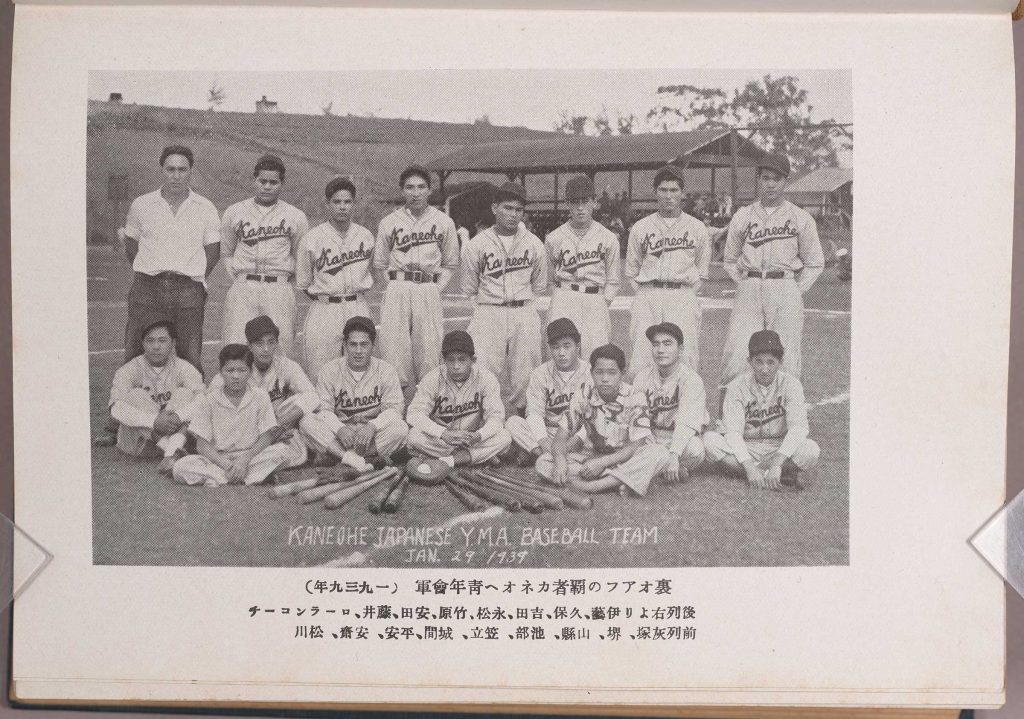
Goto’s two remarkable history books are responsible for much of our knowledge of Japanese baseball in Hawaii, and they are still essential reading for any student of this topic. Japanese Baseballdom of Hawaii features plentiful images of important and noteworthy baseball teams, players, and administrators dating back to the nineteenth century.
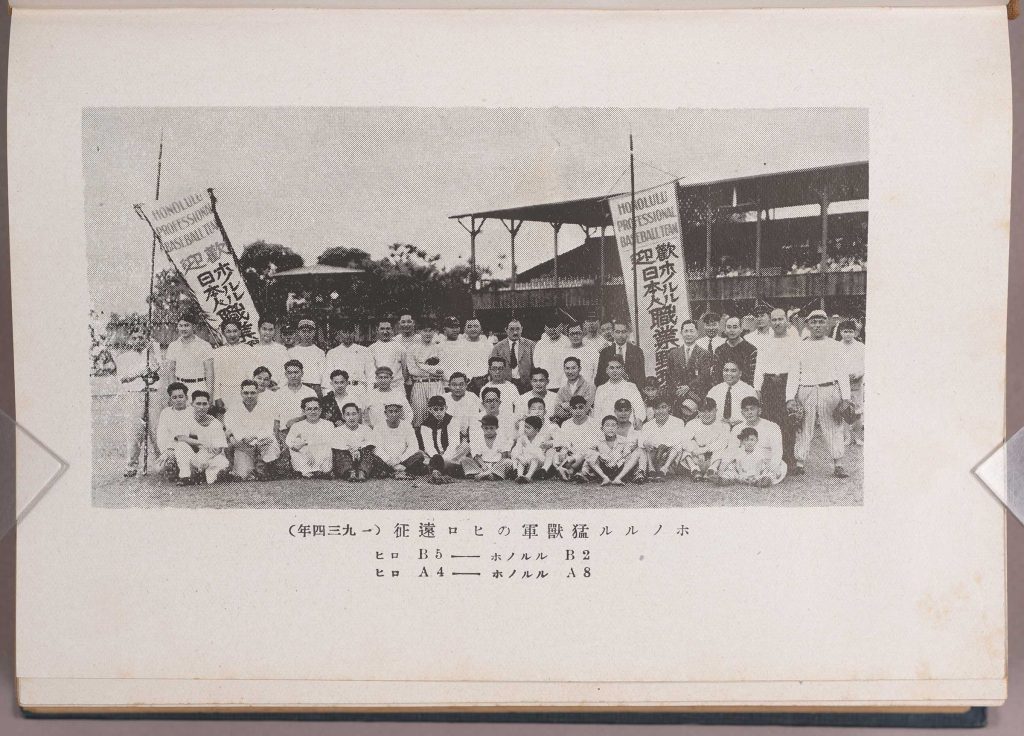
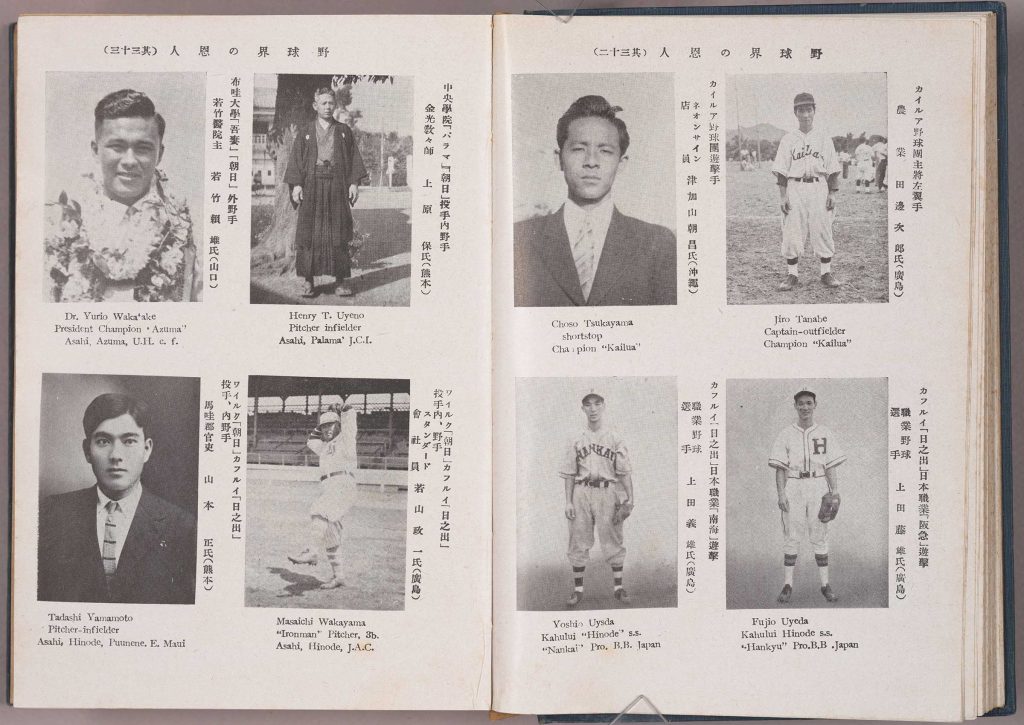
These publications were funded in part by patrons who purchased advertisements to support Goto’s historical writing. As a testament to the importance of baseball to the Japanese-American community in Hawaii, a wide range of business bought advertisements, including daily newspapers, beauty salons, and service stations.
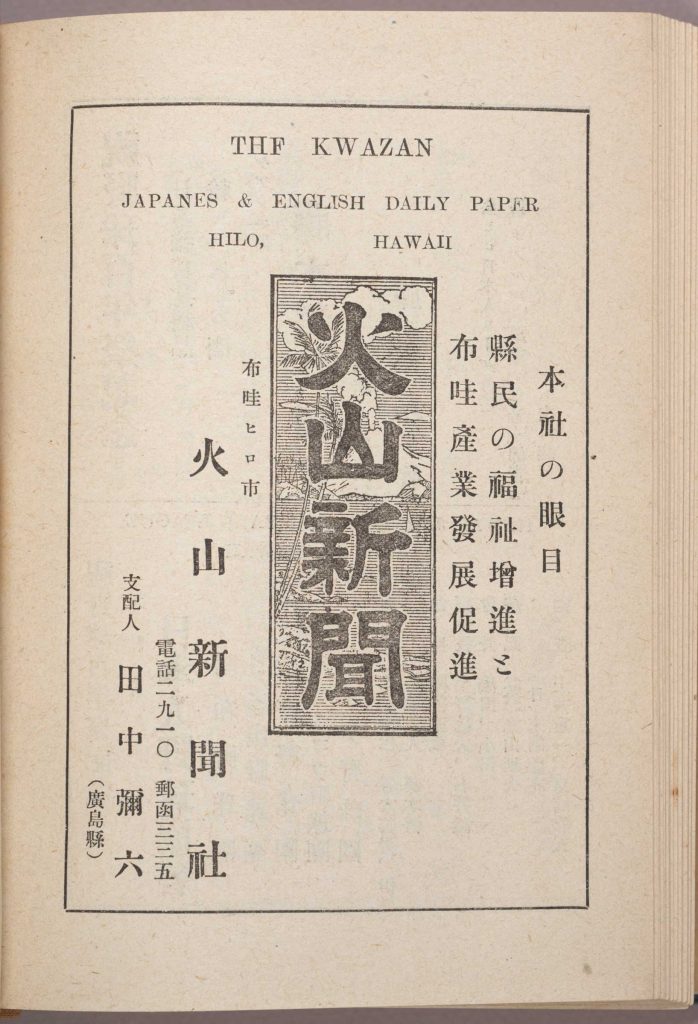
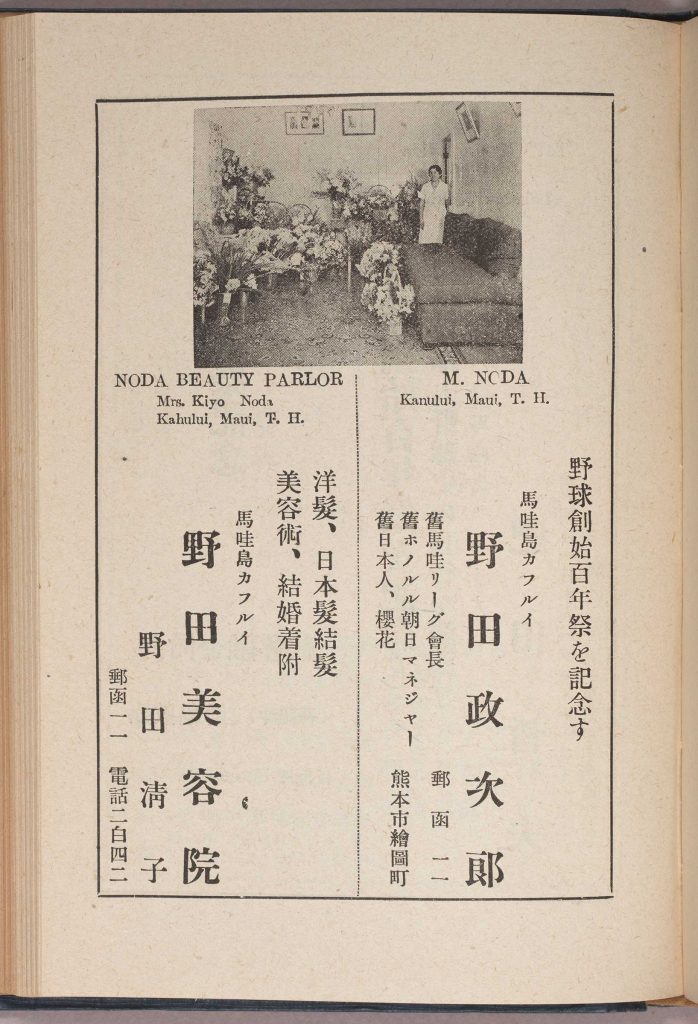

Goto converted to Christianity as a young man, and he was eventually ordained as a Methodist minister. He founded and led several churches in Hawaii during the inter-war period. Throughout his life he was known on the islands both for his encyclopedic knowledge of baseball and for his compassionate ministries. If you would like to learn more about the long history of Japanese baseball in Hawaii, Rev. Chinpei P. Goto’s Japanese Baseballdom of Hawaii is available to all researchers.
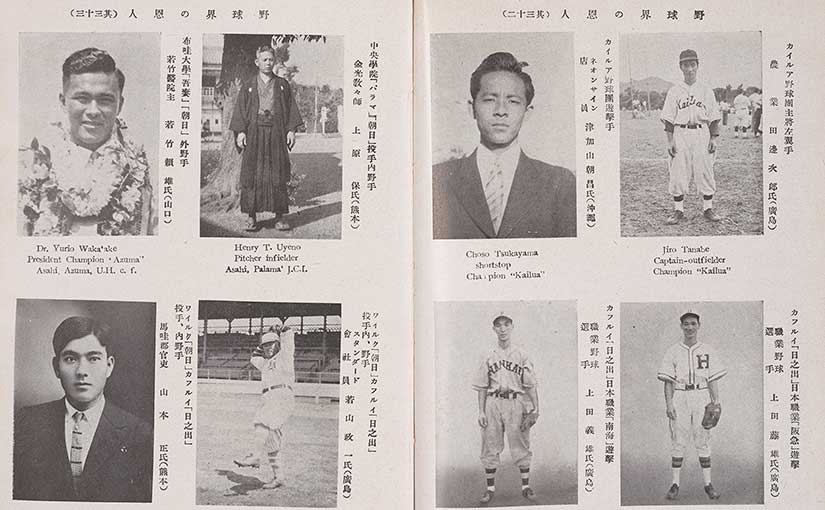
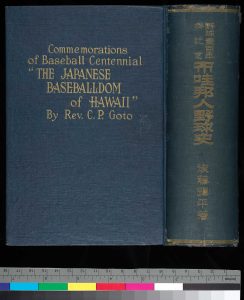
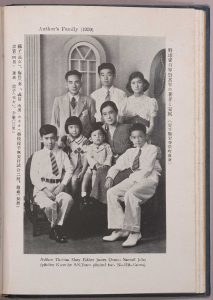
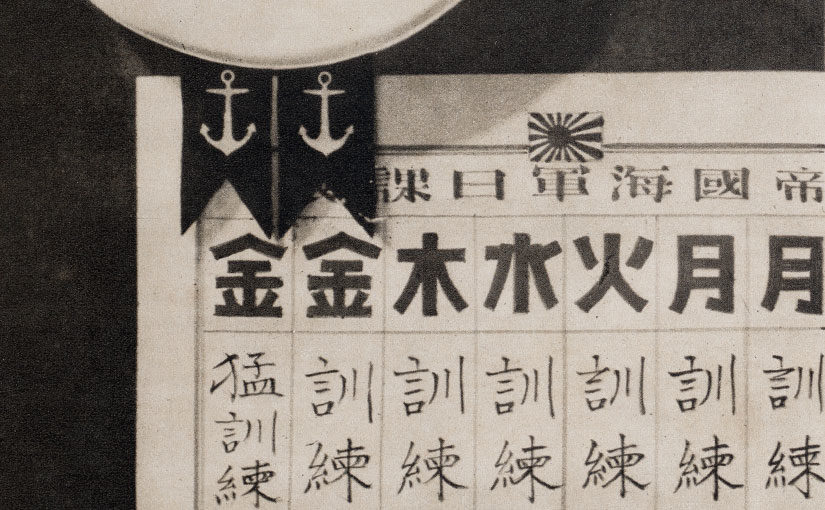
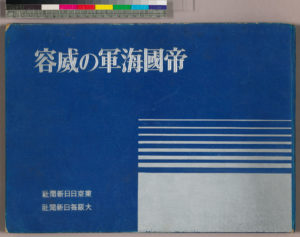
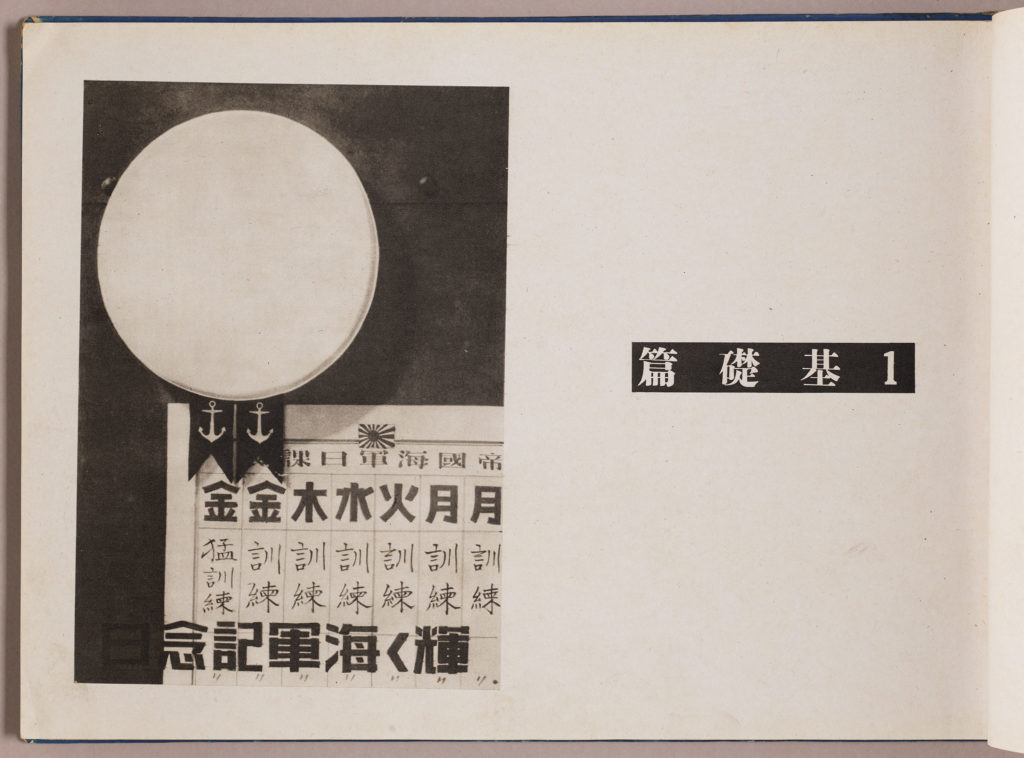
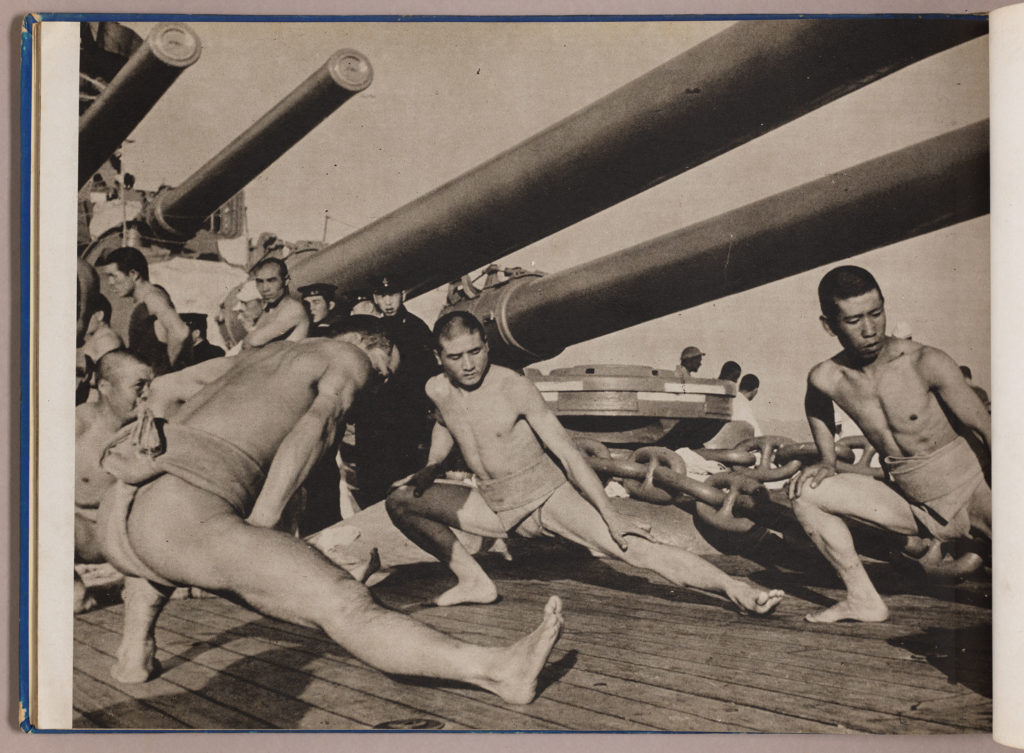
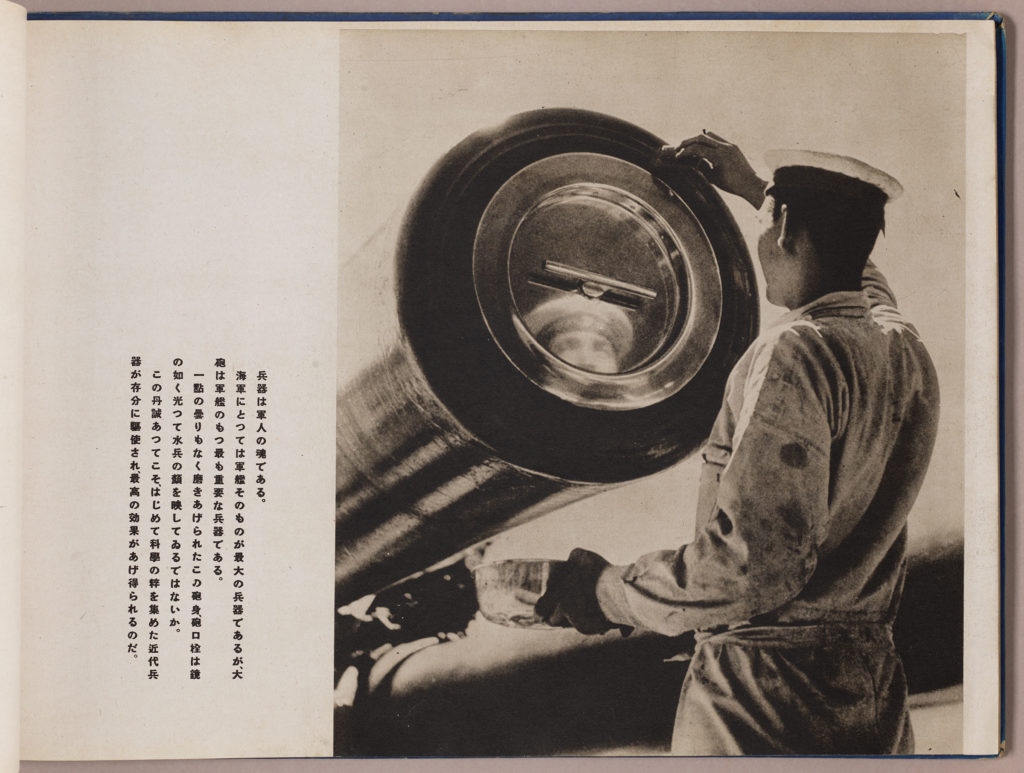
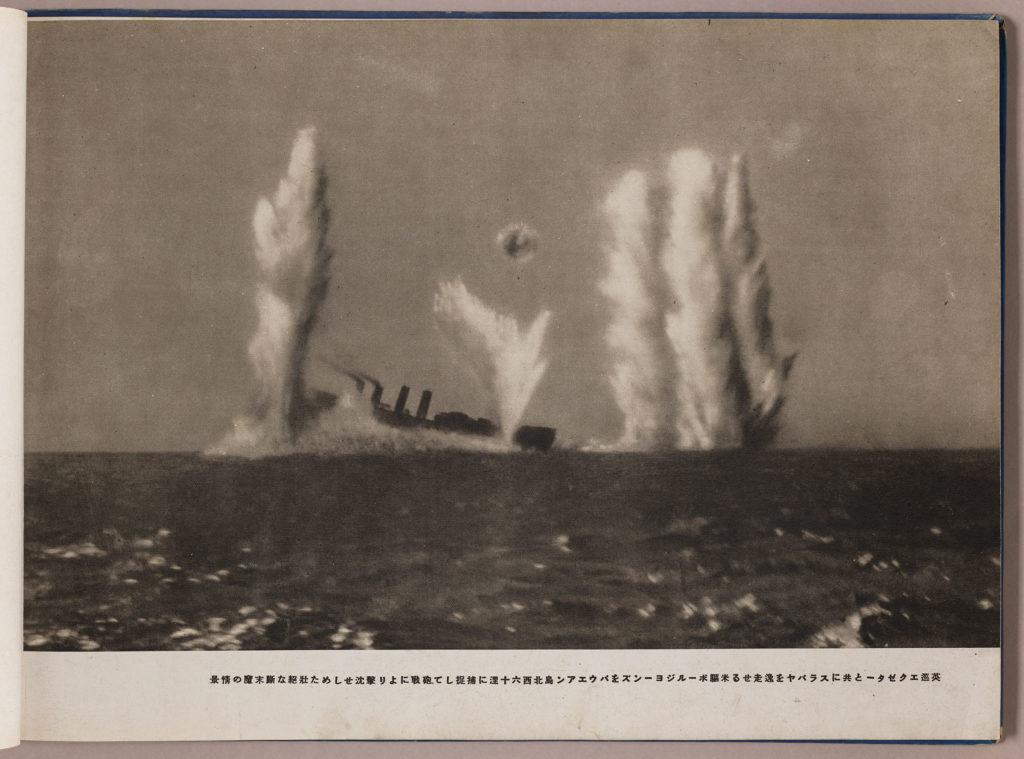
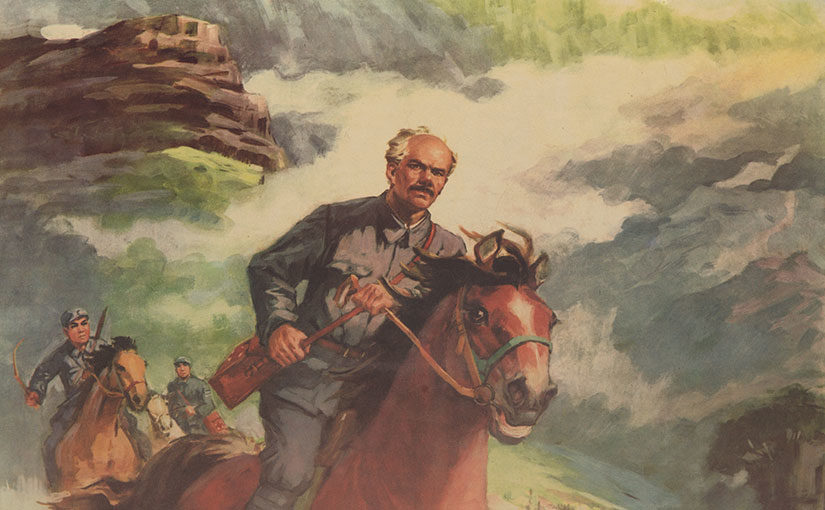
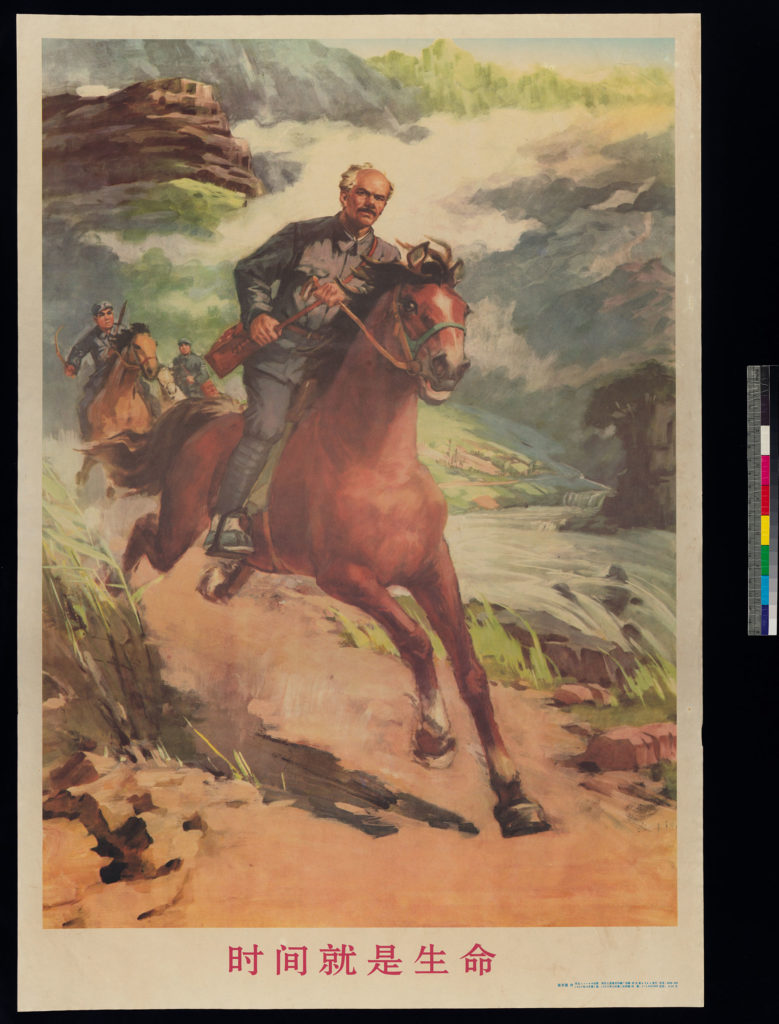
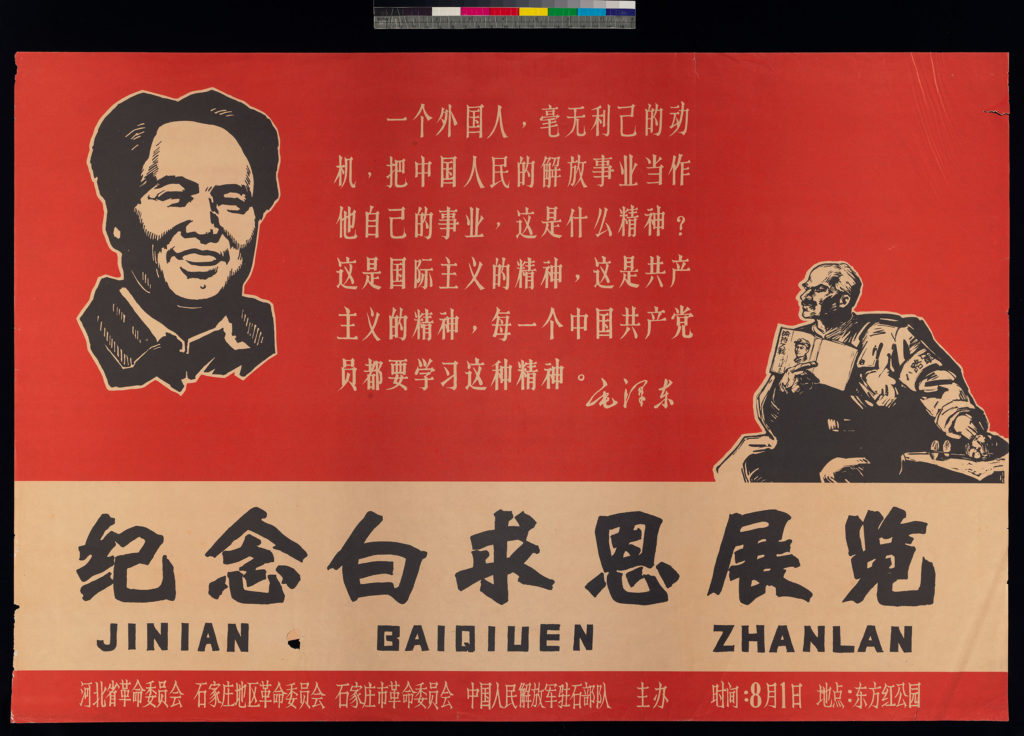
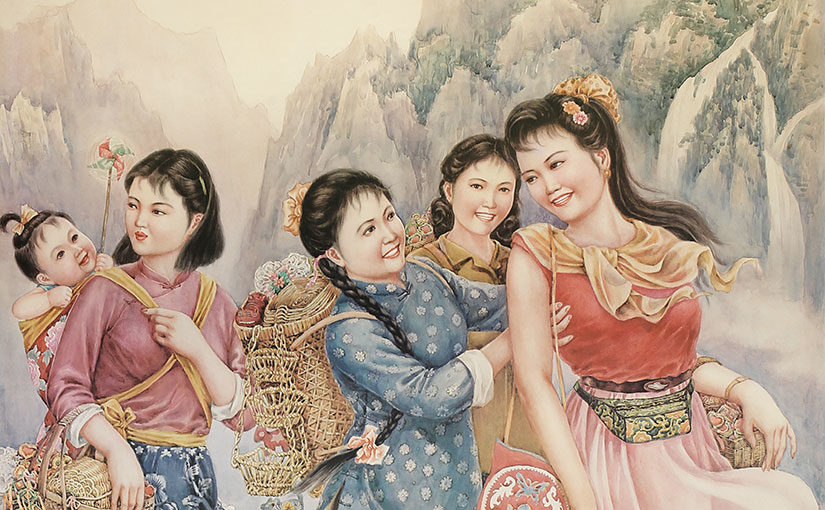
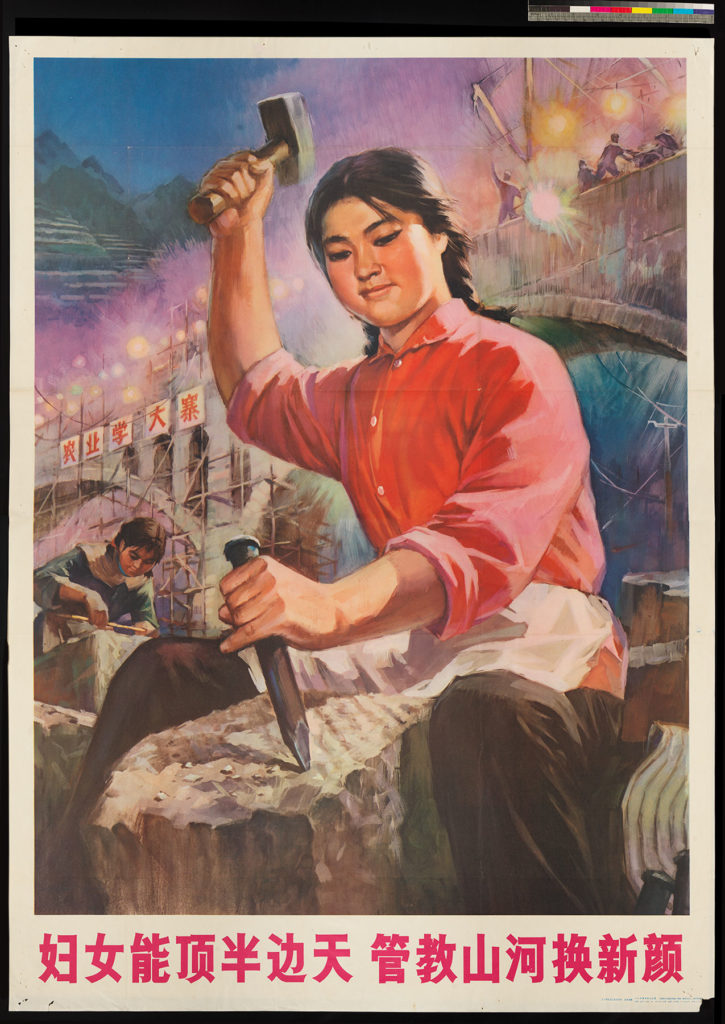
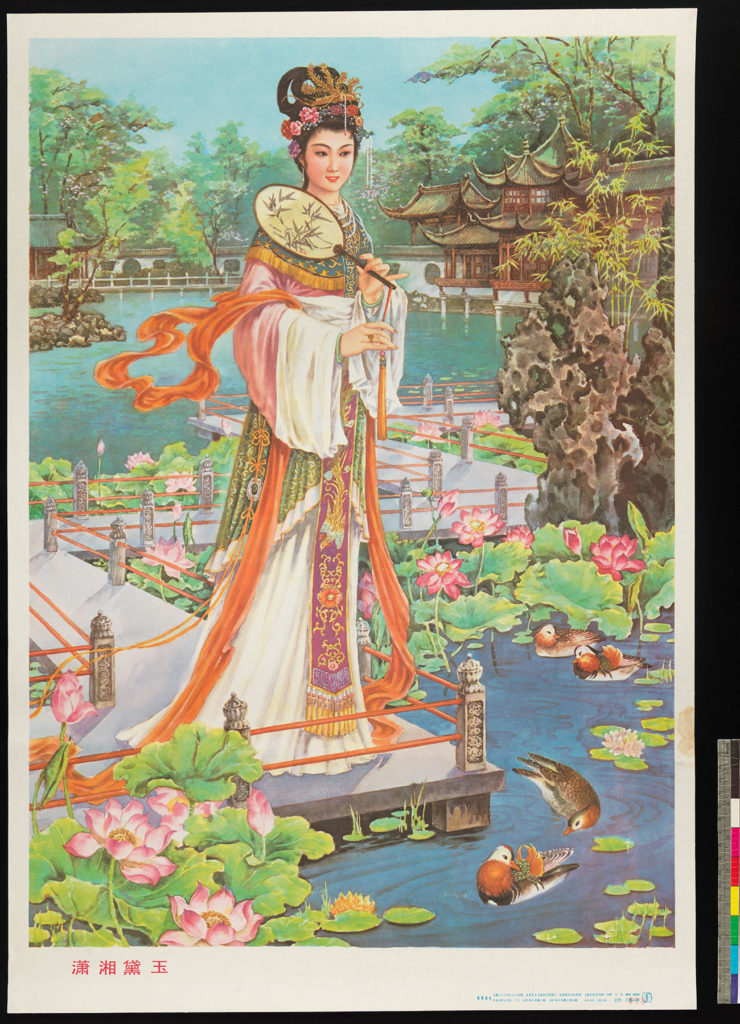
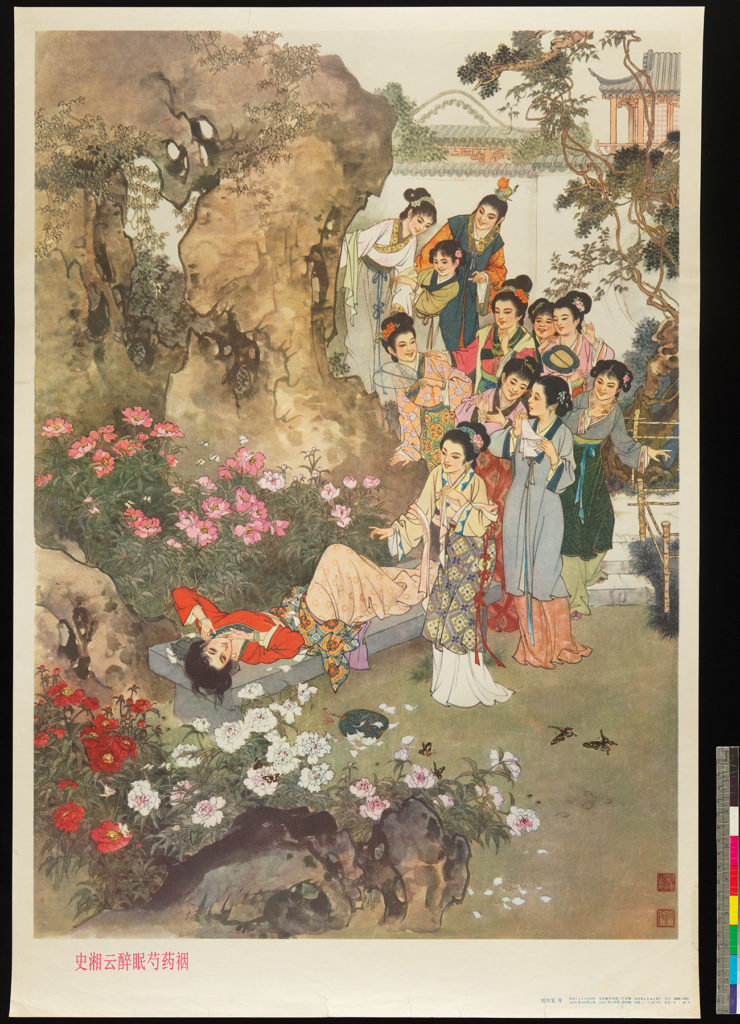
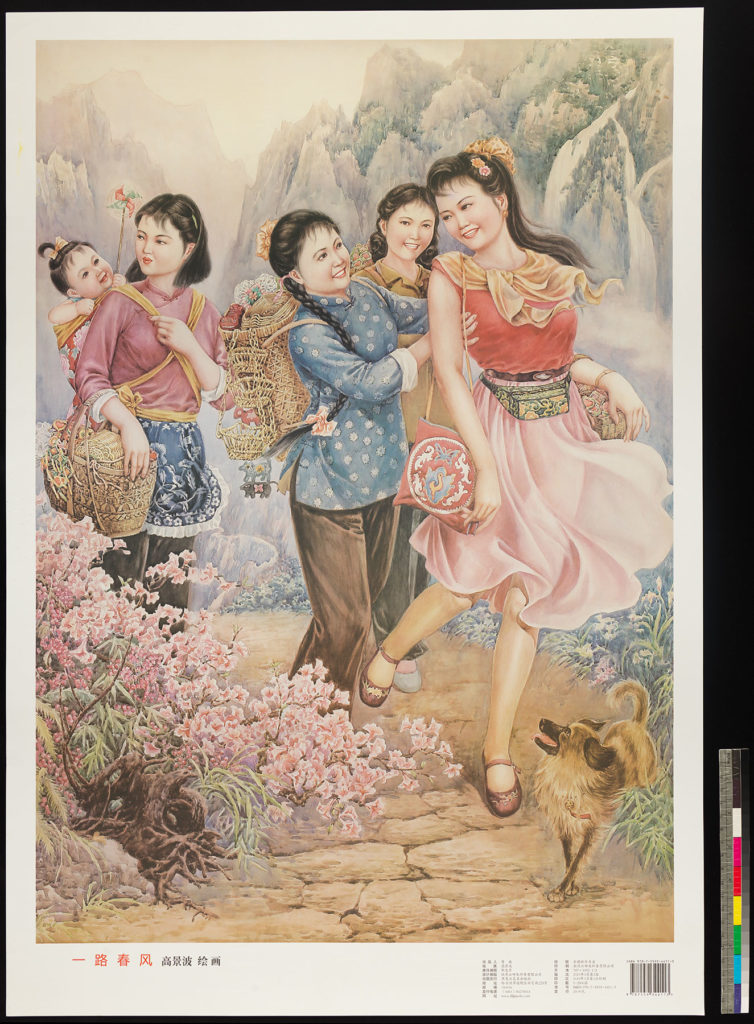
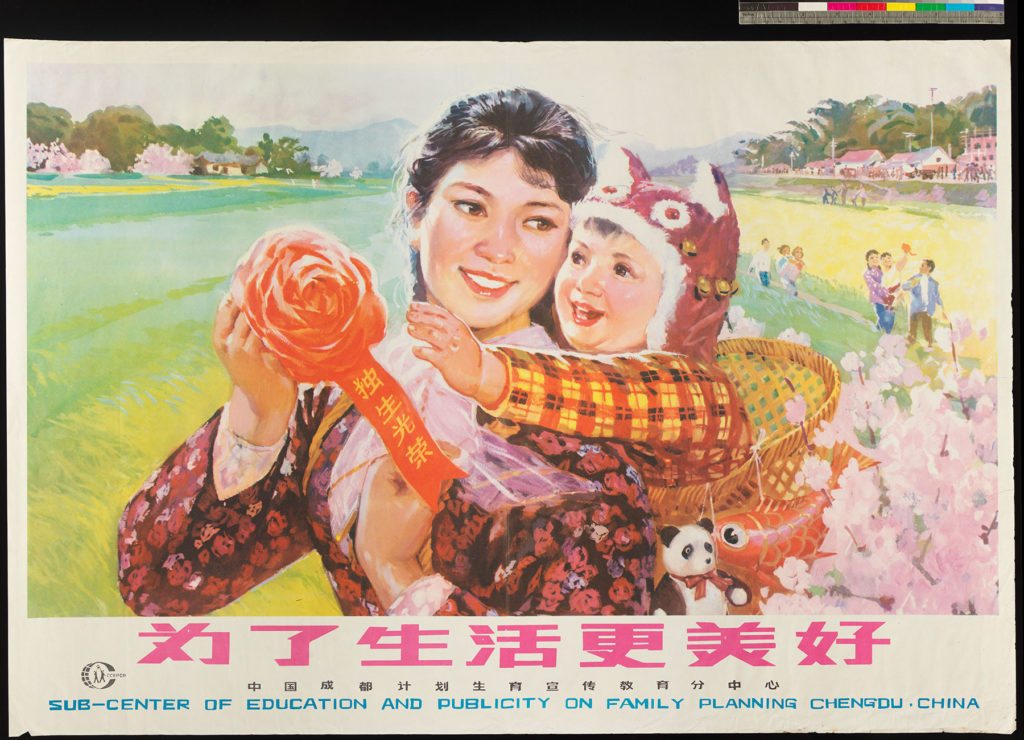
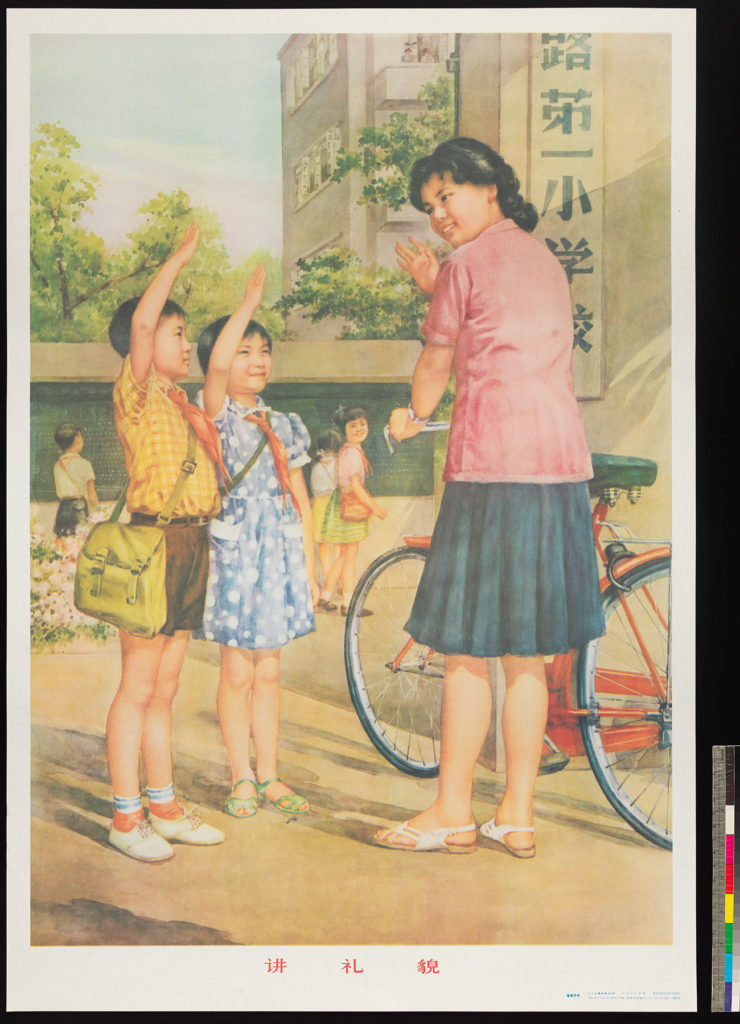
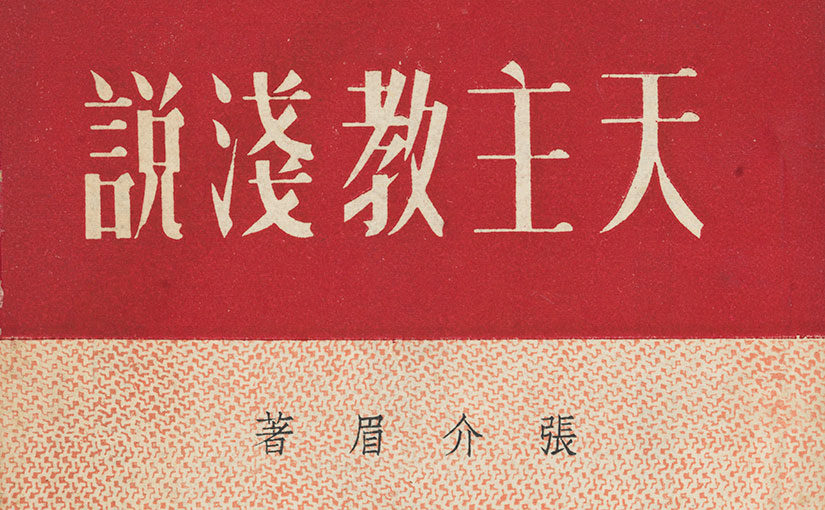
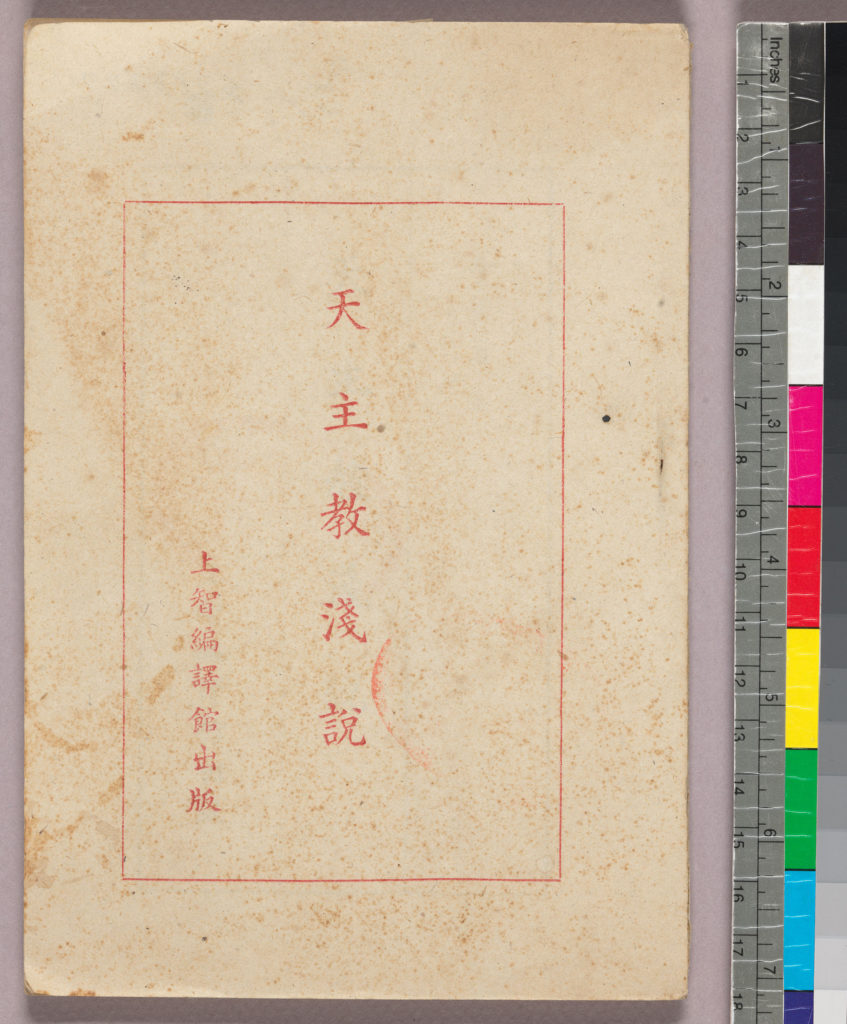
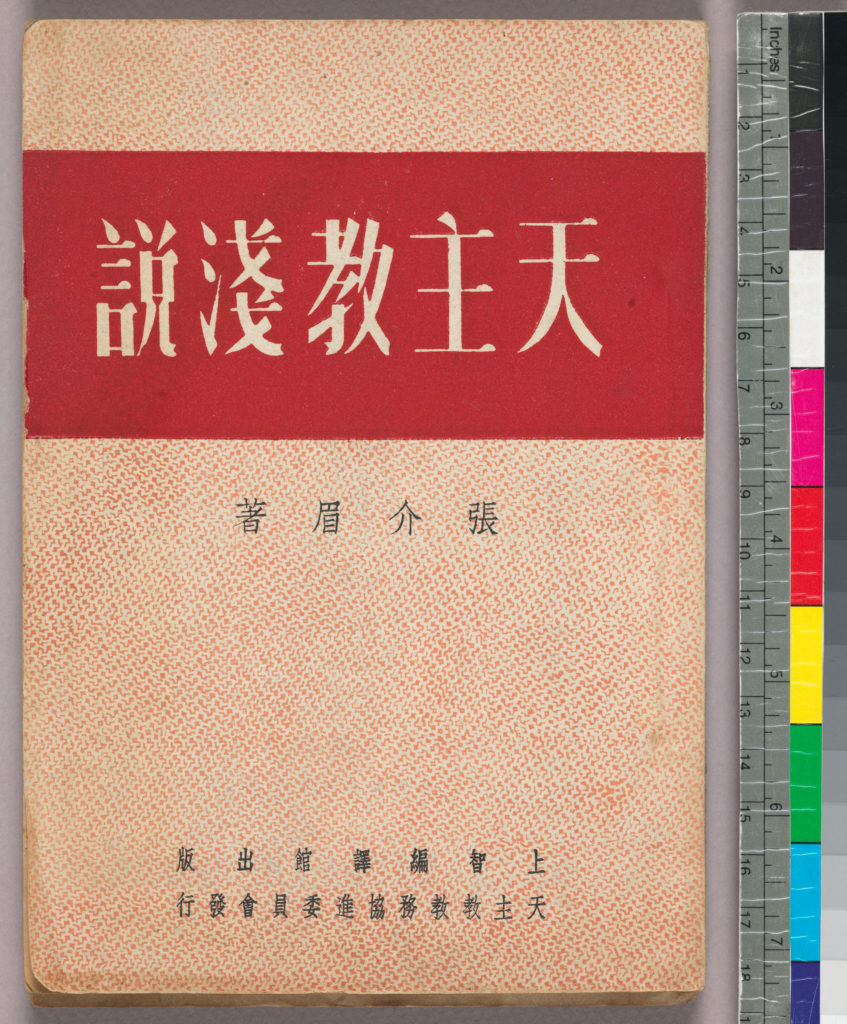
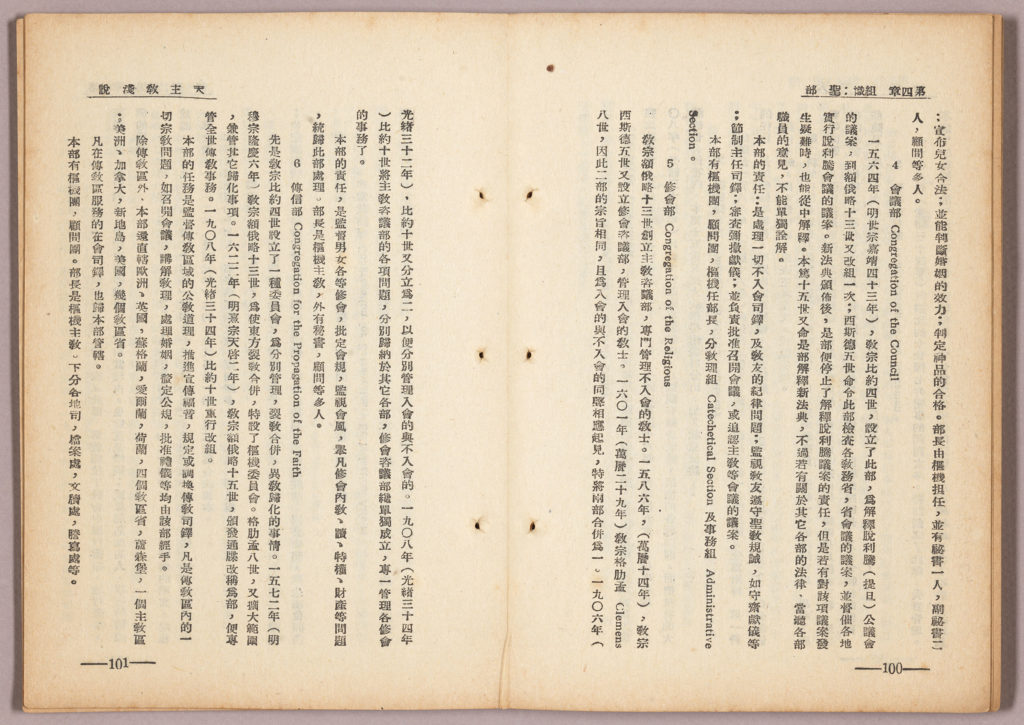

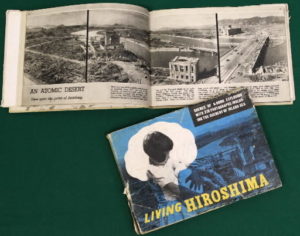 The anthology
The anthology 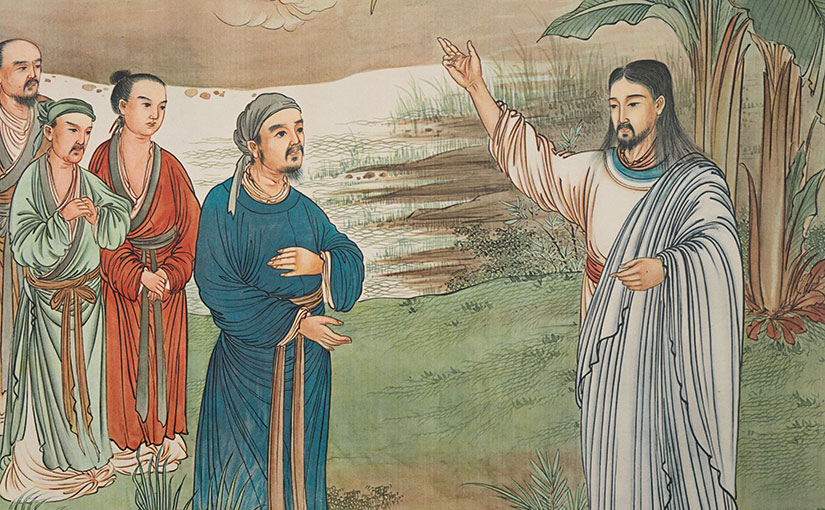
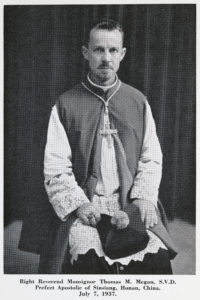

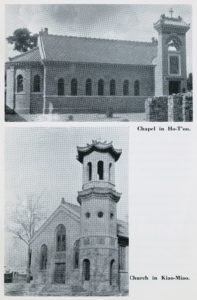 In one painting, Jesus points at Peter and says, “You are the rock, Peter on which I will build my Church.” Peter, like the Bishop Megan, has a goatee and wears a “simple blue Chinese gown.” The church in the background resembles the “Chinese-style” church that the Bishop had built.
In one painting, Jesus points at Peter and says, “You are the rock, Peter on which I will build my Church.” Peter, like the Bishop Megan, has a goatee and wears a “simple blue Chinese gown.” The church in the background resembles the “Chinese-style” church that the Bishop had built.